 |
Benjamin Sesko - a £74m signing from RB Leipzig - is at the heart of the 'inverted V' attacking system, with the position of the spearhead piercing straight through the middle. |
Sesko and Gyökeres both make their Premier League debuts, who will make the difference?
Gyökeres - new drill in old system
When the 2025/26 Premier League ball officially rolls at Old Trafford, fans will not only witness a top match, but also a clash between two attacking philosophies - both shaped like a V, but going in two opposite directions.
Viktor Gyökeres is the piece that Mikel Arteta has been waiting for all year. In the familiar 4-3-3 formation, Arsenal lacked a true No. 9 who could attack from deep last season. Havertz, despite his efforts, does not possess the speed, power and explosiveness of the Swedish striker.
Under Arteta, Gyökeres promises to create a complete "V-shaped" shape: he is ready to drop back to connect, drag the defender along and open up space for Bukayo Saka or Gabriel Martinelli to charge forward like two birds tearing through the wind.
In training and the friendly against Bilbao, Gyökeres showed his ability to settle in quickly, move intelligently and be neat in tight spaces. This not only makes Arsenal's attacking system more flexible, but also addresses the biggest weakness of last season: slow transition and lack of depth when facing a deep defensive block.
More than just a finisher, Gyökeres can stretch the defensive structure, draw out centre-backs, and open up space on the flanks or in the middle. With the support of passers like Zubimendi and Saliba, quick passes over the line will be more frequent - something that was rare for Arsenal last season.
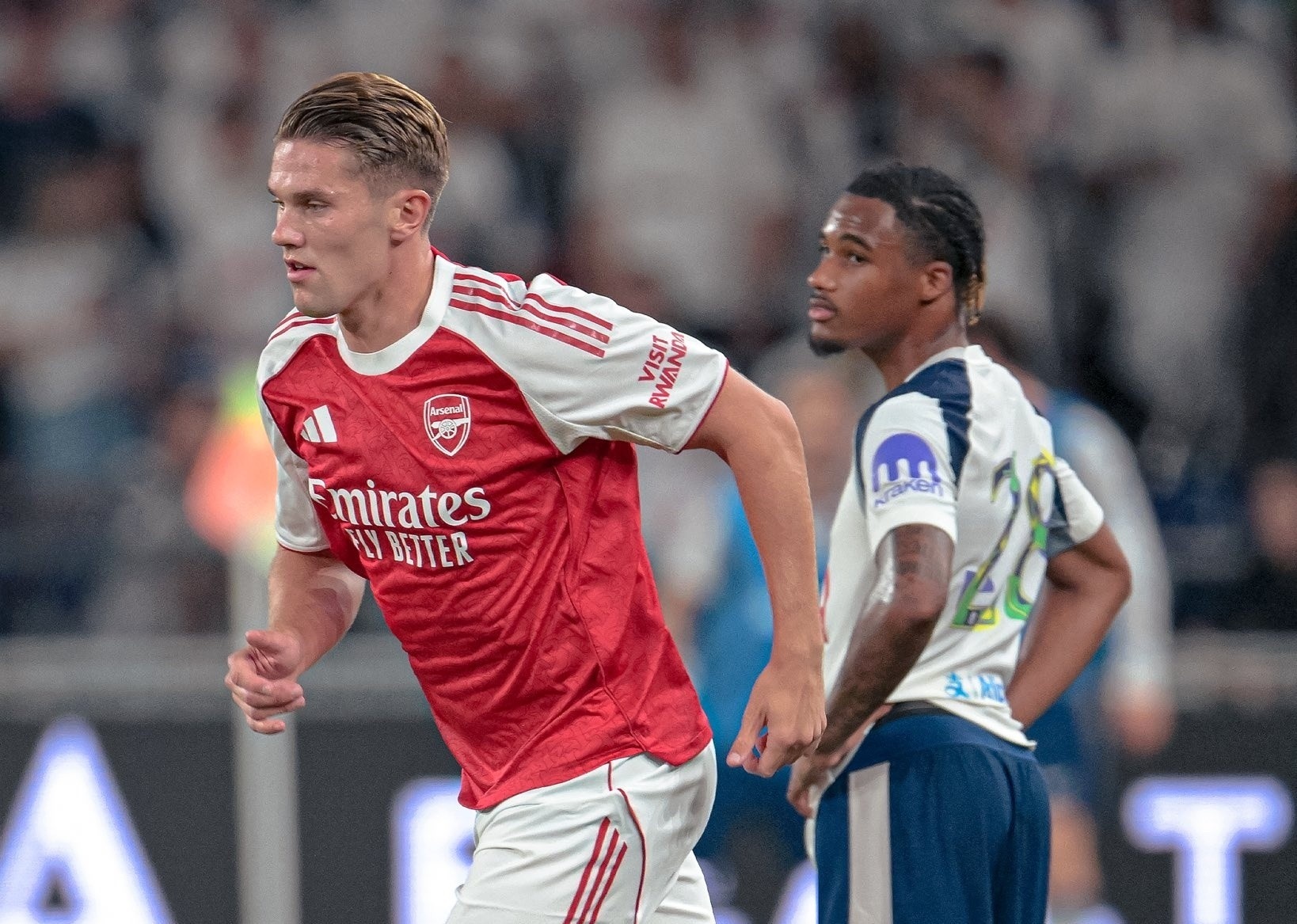 |
In training sessions and a friendly against Bilbao, Gyökeres showed his ability to integrate quickly, move intelligently and handle himself neatly in tight spaces. |
Meanwhile, Man United started the season with a completely new combination in attack. Benjamin Sesko - a £74m signing from RB Leipzig - was at the heart of the 'inverted V' attacking system, with the position of a spearhead that drove straight down the middle.
While Gyökeres opens the way for his teammates to run forward, Sesko is the one who receives direct passes from the back line. With a height of 1.96 meters, good jumping power, speed and turning ability, the Slovenian striker becomes a true "speed pole" in Amorim's hands.
Without a true playmaker, United are expected to play more directly than last season. The ball will be flicked quickly from midfield to Sesko who can wall or turn and shoot. The two satellites Cunha and Mbeumo play almost as false strikers, playing the role of pulling the line, creating space and rotating positions - creating an inverted V attack with Sesko as the main spearhead.
Interestingly, Ruben Amorim - the coach who led Gyökeres at Sporting - was the one who faced him in this match. Knowing his former student's strengths and weaknesses, he was able to design the game to eliminate Gyökeres' role, while optimizing counter-attacks by "setting traps" from midfield and hitting straight into the corridor behind the Arsenal full-back.
Bruno Fernandes - no longer shouldering the burden alone
Another notable tactical element is Bruno Fernandes’ new role. Last season, the Portuguese midfielder was often overloaded in a playmaking role, with his teammates lacking the ability to create space and make intelligent runs.
This season, with the arrival of Mbeumo and Cunha - two players who are mobile and know how to move without the ball - Fernandes will be significantly relieved. He can play deep as a "coordinating number 8", or move up to play right behind Sesko when a quick transition to attack is needed.
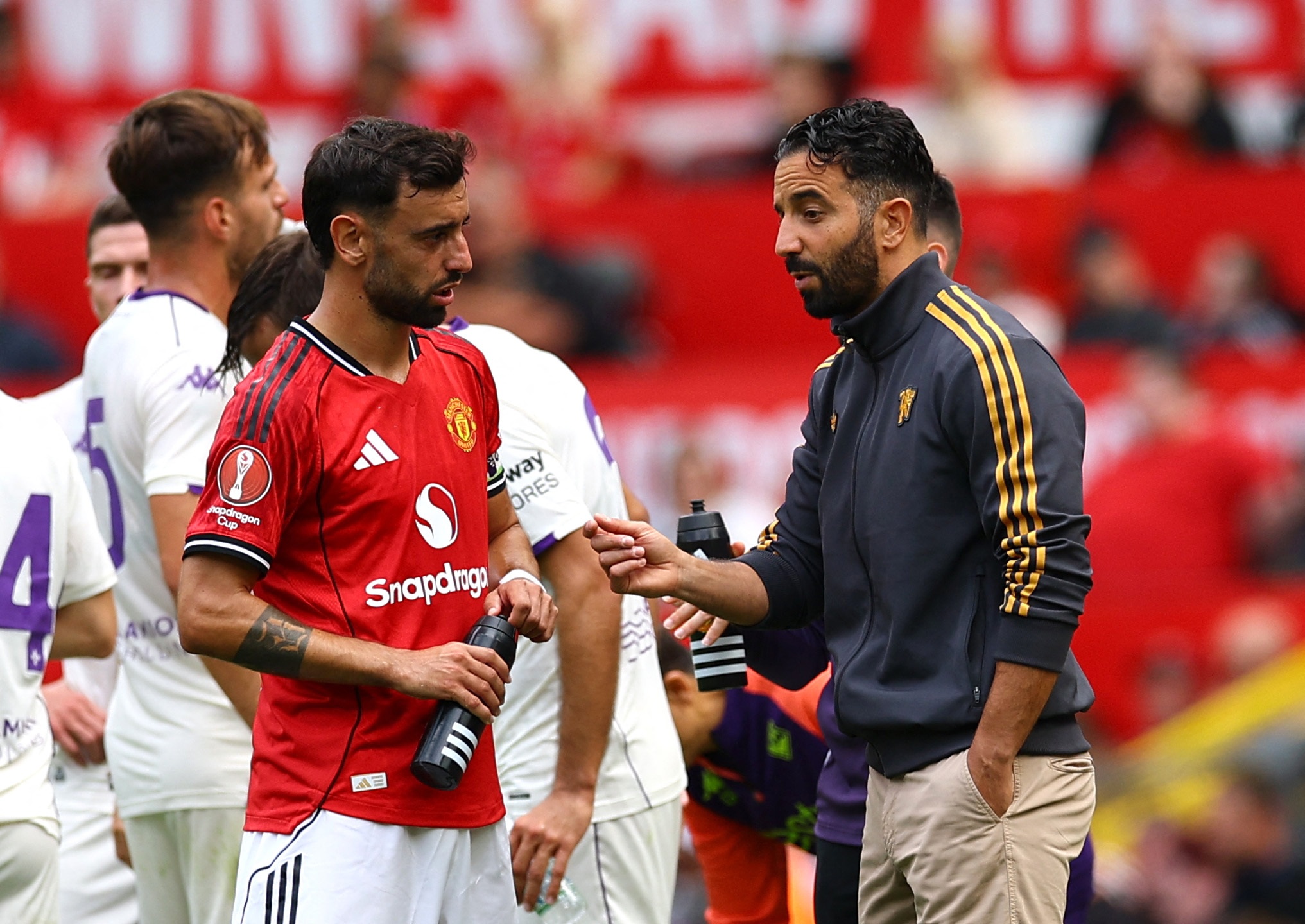 |
Fernandes' versatility will create a changing game for Man United. |
Fernandes' versatility will create a dynamic game for Man United. When the opponent presses two, the Portuguese star drops deep to receive the ball from the center-back. But when the opponent plays deep, he becomes the final link in the triangle of coordination near the penalty area.
Even at some times, when the right-sided center-back pushes up to play midfield, Man United can switch to a "box midfield" model, helping to increase the number of attackers to 5-6 people at the same time.
On the other hand, Martin Odegaard is also facing a pivotal season. Last season, the Arsenal captain was somewhat “disadvantaged” due to being isolated in a system that was too skewed to the right. Attacks mainly went through Saka’s corridor, forcing Odegaard to often receive the ball with his back turned and being closely marked.
The arrival of Zubimendi - a holding midfielder from Sociedad - will help Arsenal change that. With his ability to escape pressure and pass long, Zubimendi is someone who can stretch the pitch, allowing Odegaard to operate more freely in the middle.
One bold suggestion would be to swap Odegaard and Declan Rice – with Odegaard playing on the left, supporting Martinelli with his through balls, and Rice using his strength and ability to run forward to support Saka. While Arteta is unlikely to take the risk, it is clear that Arsenal have more tactical pieces than ever.
The clash between Man Utd and Arsenal is not only a clash between two great teams, but also the first test of new attacking structures: Arteta's "forward V" and Amorim's "inverted V". Both Sesko and Gyökeres are hoping to change the fortunes of the attack. Who will be the first to make their mark? The answer will be at Old Trafford.
Source: https://znews.vn/gyokeres-dau-sesko-don-phu-dau-tu-hai-hong-phao-moi-post1577437.html


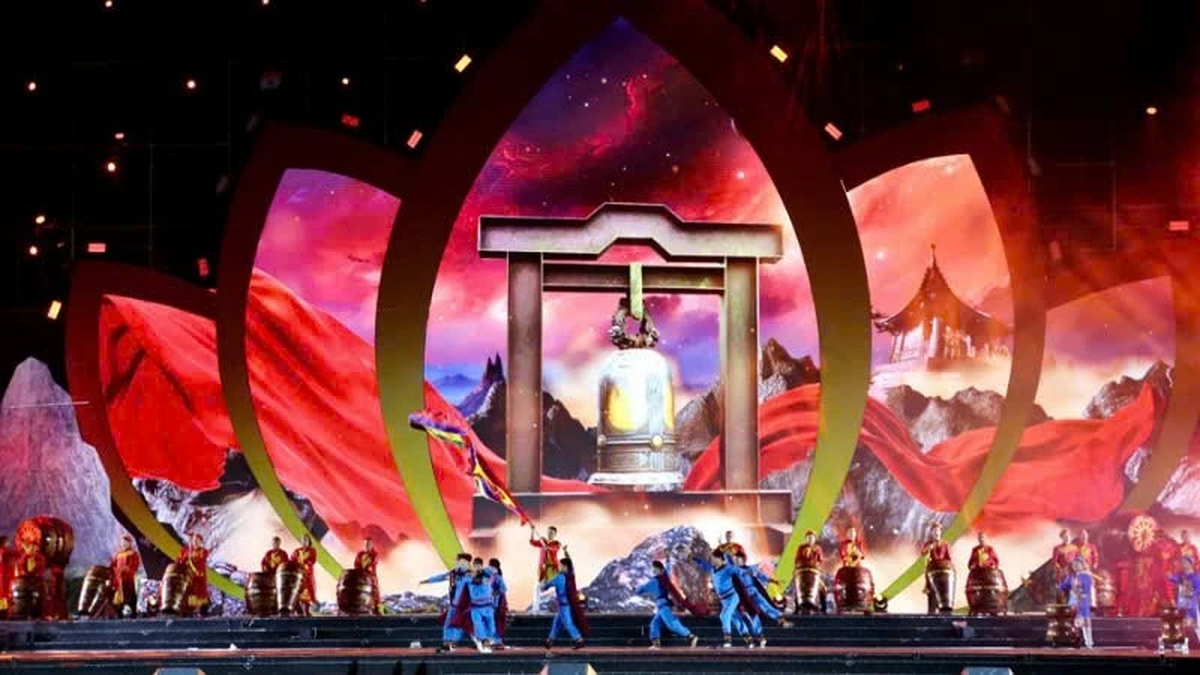

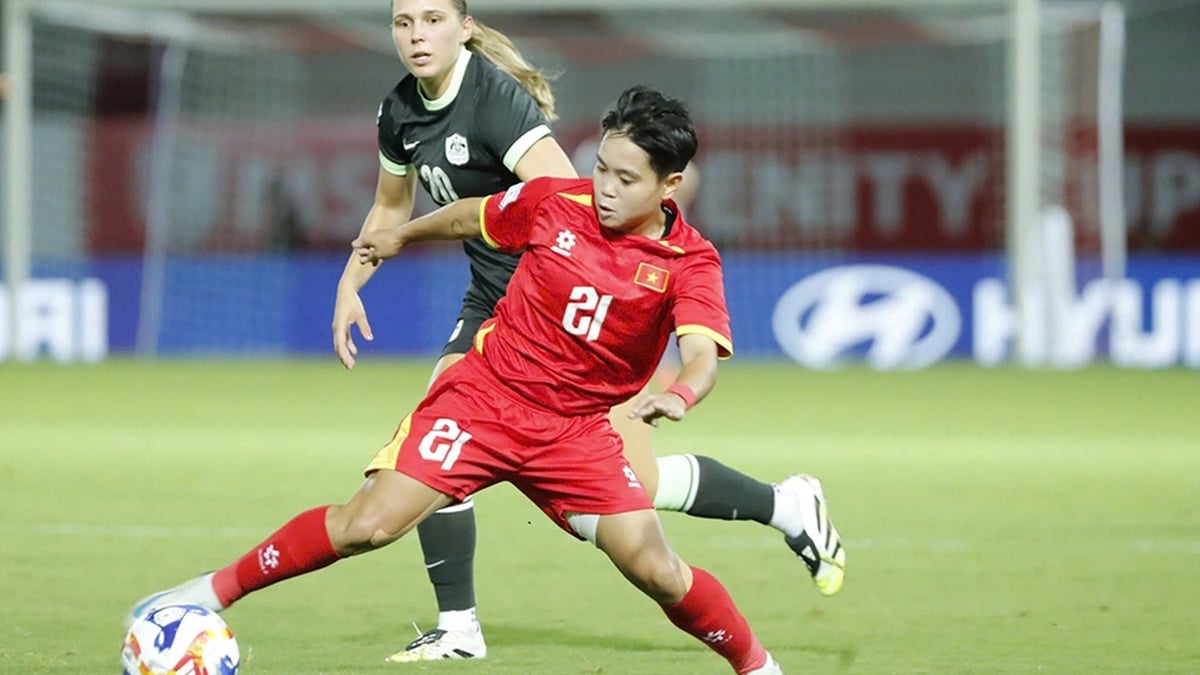
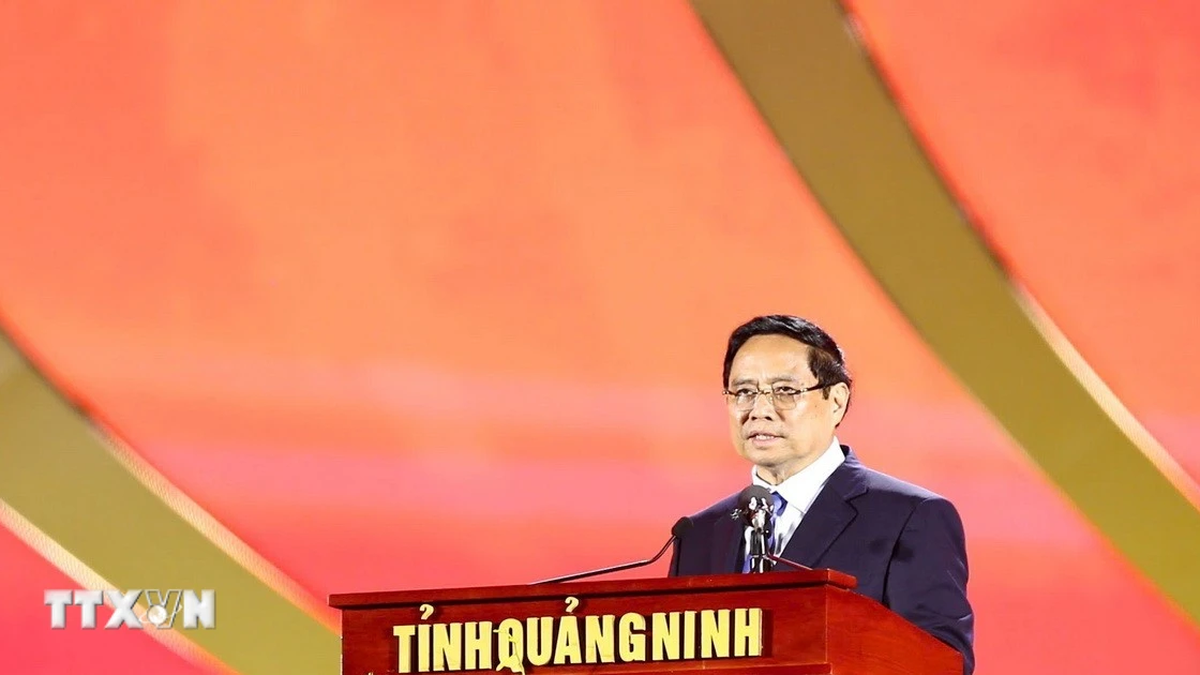
















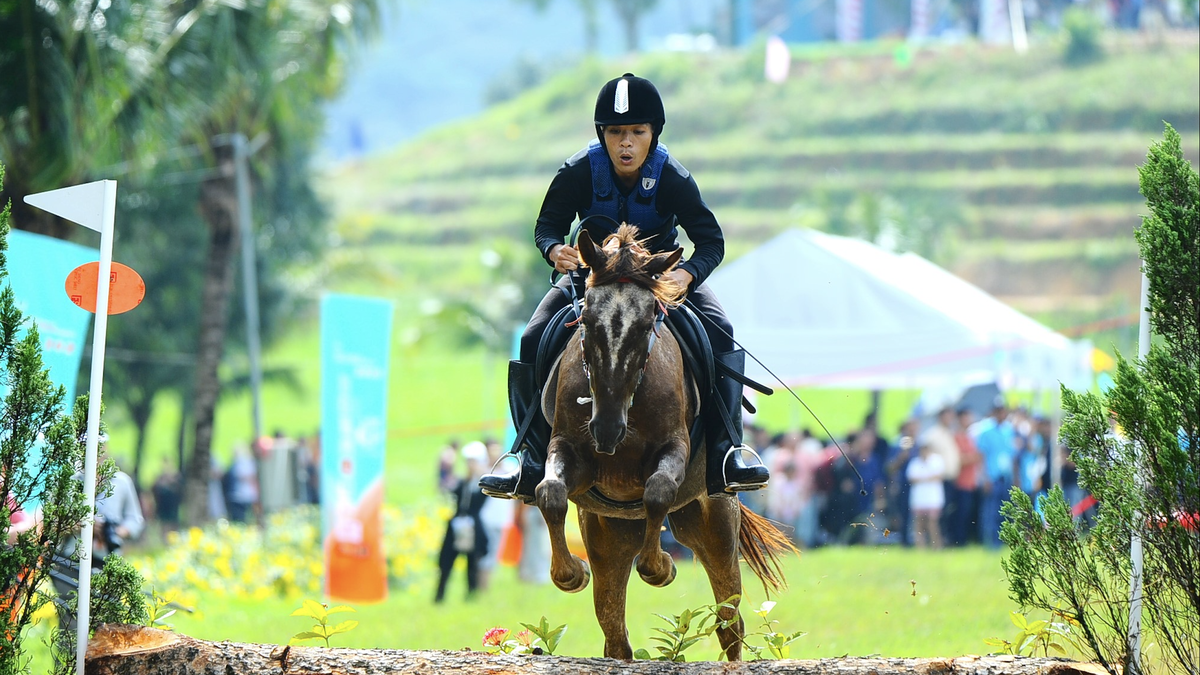


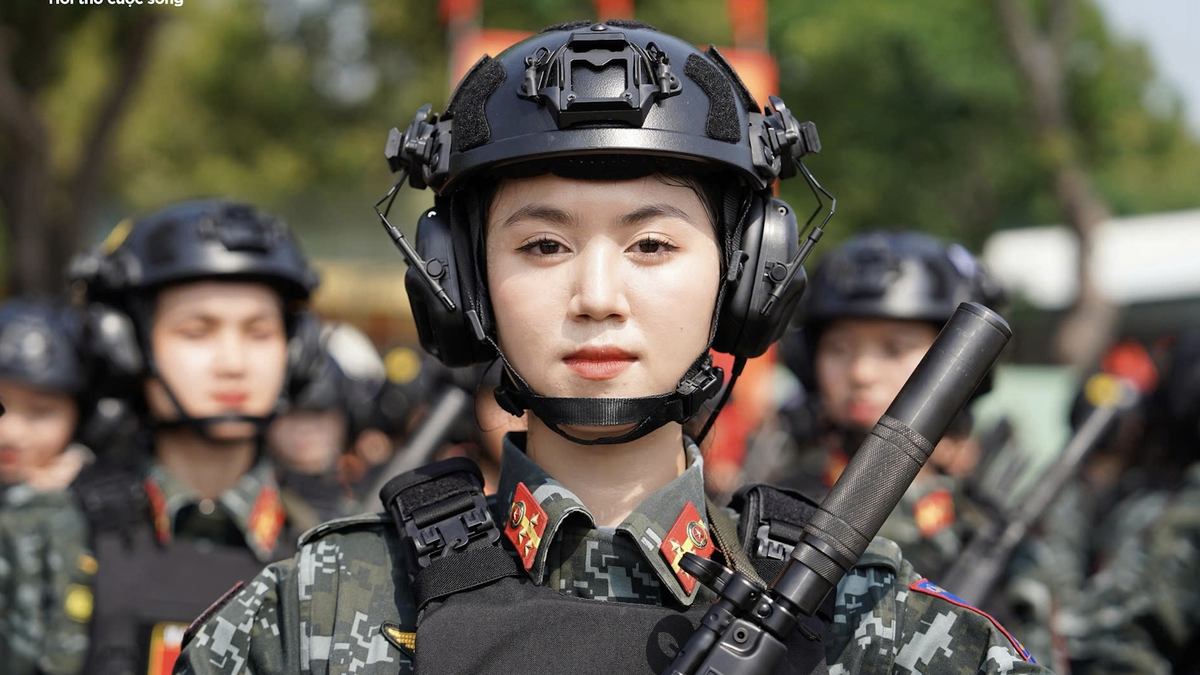




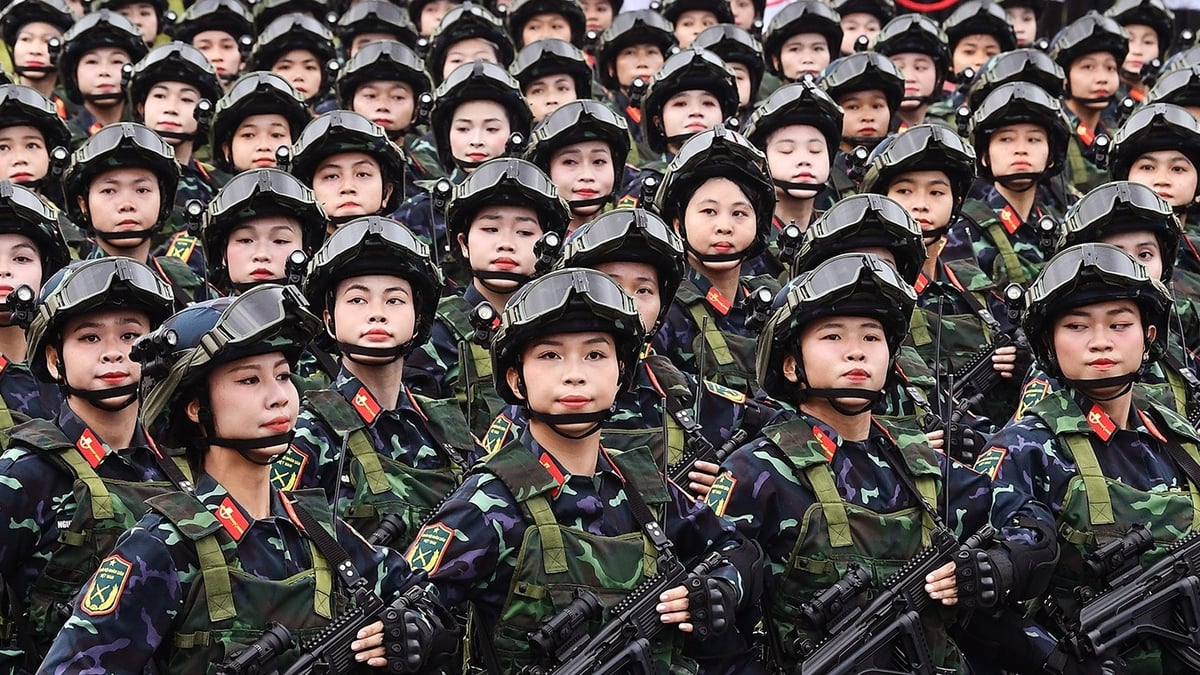










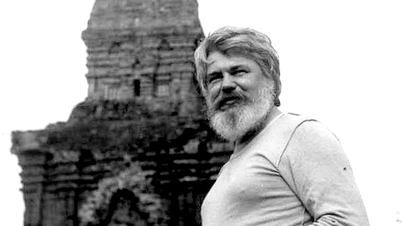


















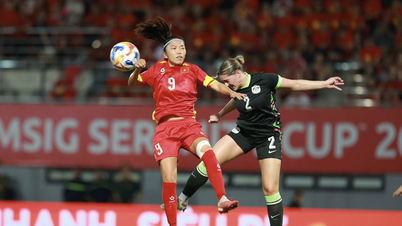



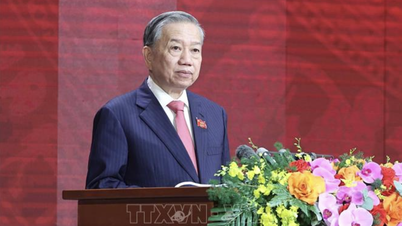



![[Photo] Party and State leaders visit President Ho Chi Minh's Mausoleum and offer incense to commemorate Heroes and Martyrs](https://vphoto.vietnam.vn/thumb/402x226/vietnam/resource/IMAGE/2025/8/17/ca4f4b61522f4945b3715b12ee1ac46c)


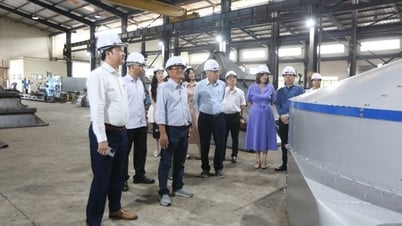



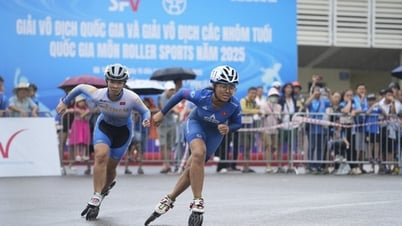
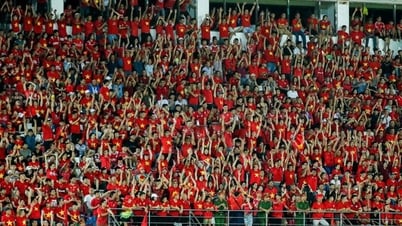






















Comment (0)